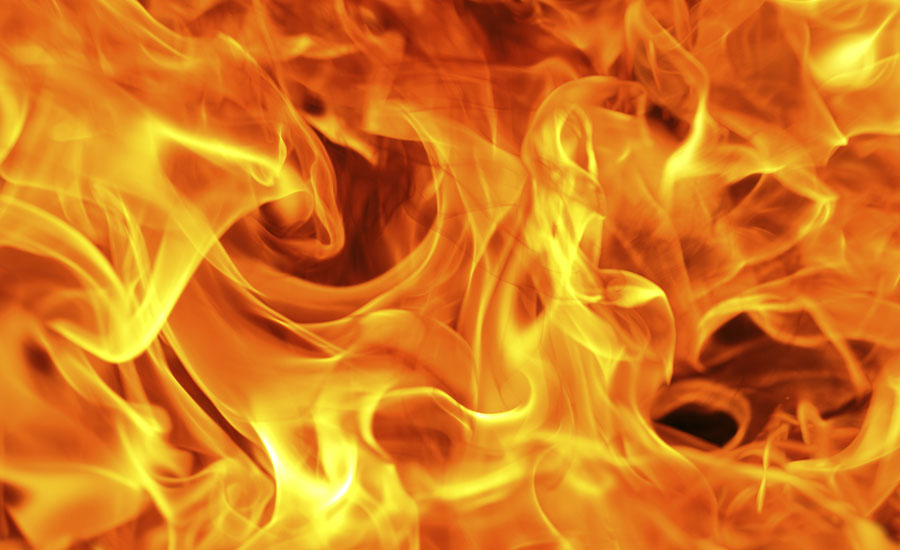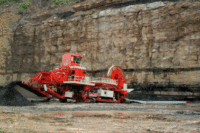Fire deaths in the U.S. on the rise

Over the 10 years from 2008 to 2017, the U.S. had an annual average of 1,344,100 fires, according to Fire in the United States 2008-2017, the 20th edition of the statistical overview of fires in the U.S. issued by the U.S. Fire Administration (USFA).
Those million-plus fires resulted in 3,190 civilian deaths, 16,225 civilian injuries and $14.7 billion in direct property loss each year. The figures in the report represent an increase in 10-year trends for fire-related deaths and dollar loss, even as 10-year trends for fires and fire-related injuries have decreased.
The USFA notes that “there are huge indirect costs of fire as well, including temporary lodging, lost business revenues, medical expenses and psychological damage. To put this into context, the annual losses from floods, hurricanes, tornadoes, earthquakes and other natural disasters combined in the U.S. average just a fraction of those from fires.1 The public, the media and local governments are generally unaware of the magnitude and seriousness of the fire problem and how it affects individuals and their families, communities and the nation.”
Big differences between states
From the report:
“The fire problem varies from region to region and state to state because of variations in climate, socioeconomic status, education, demographics and other factors. In 2017, four states (Alaska, Arkansas, South Dakota and West Virginia) had fire death rates that exceeded 20 deaths per million population. The District of Columbia and 22 states, mostly situated in the Southeast and Midwest, had death rates between 11.3 and 20 deaths per million population. Additionally, 21 states had fire death rates at or below the national fire death rate — 11.2 deaths per million population.2 Ten states, mostly largely populated states, accounted for 49% of the national total fire deaths. Unless their fire problems are significantly reduced, the national total will be difficult to lower.
Kinds of fires haven’t changed
“Over the years, there has been little change in the proportion of fires, deaths, injuries and dollar loss reported to the NFIRS by the type of property involved. In terms of numbers of reported fires, the largest category continued to be outside fires (43%) — in fields, vacant lots, trash, etc. Residential and nonresidential structure fires together constituted 38% of fires, with residential structure fires outnumbering nonresidential structure fires by over 3 to 1. What may be surprising was the large proportion of vehicle fires. In fact, approximately 1 out of every 7 fires to which fire departments responded involved a vehicle.”
Areas that continue to be of concern
- The elderly remain at high risk of death from fire.
- The focus for fire injury prevention should be on adults 25–64 and those 80–84.
- Males, African Americans and American Indians/Alaskan Natives remain at a higher risk of death from fire than the general population.
- Outside/Wildland fires.
For more information, download the 104-page report PDF 2.2 MB
The USFA’s mission is to “support and strengthen fi re and emergency medical services and stakeholders to prepare for, prevent, mitigate and respond to all hazards.”
References
- National Weather Service (NWS). (2018). Summary of national hazard statistics for 2017 in the United States. Retrieved from http://www.nws.noaa.gov/om/hazstats/sum17.pdf.
- This analysis includes only states where fire death rates were computed. Fire death rates were not computed for Delaware, Rhode Island and Wyoming due to very small numbers of fire deaths (fewer than 10 deaths).
Looking for a reprint of this article?
From high-res PDFs to custom plaques, order your copy today!






